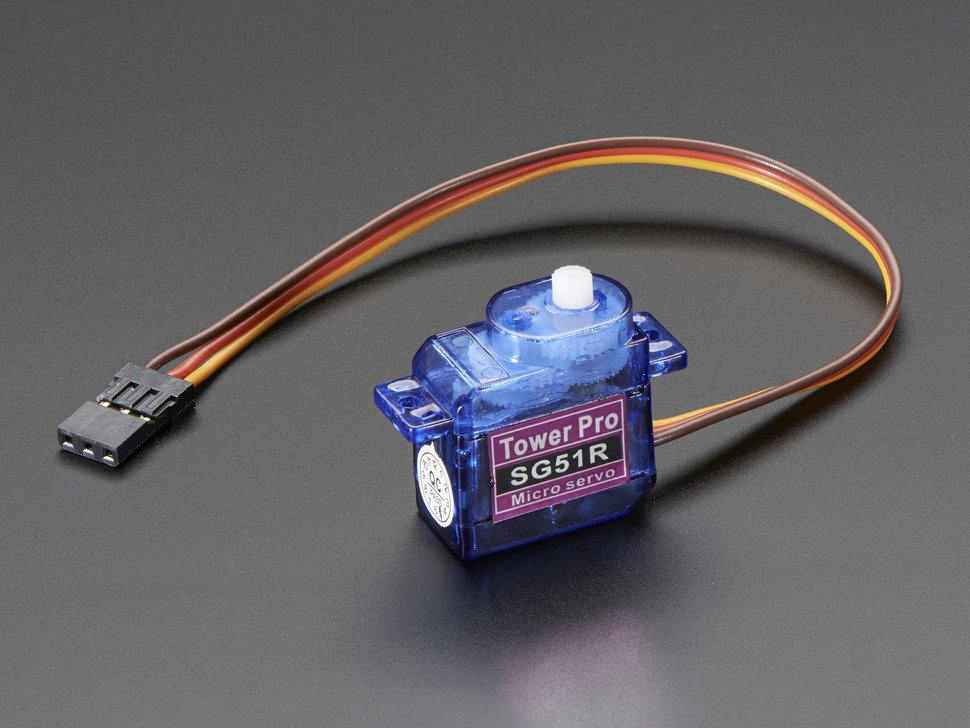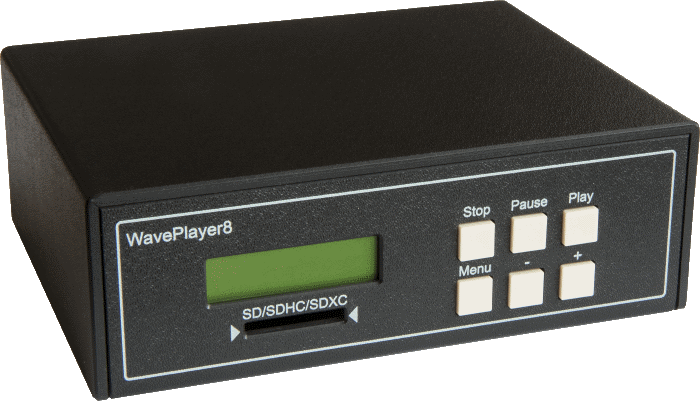

In the current work, wind power ramp events are studied for six onshore and six offshore wind farm sites. As far as uncertainties are concerned, the decomposition-based prediction models yield better ramp prediction than single methods as listed in the literature. Results reveal that the TSVR-based prediction model yields the lowest error for ramp-up and ramp-down events.įor a particular prediction model, the log energy entropy based on WT is greater than that of EMD, suggesting higher-order randomness in the ramp event signal. Thus, in the current work, we extend the ramp event prediction study by incorporating advanced machine learning algorithms like variants of SVR, random forest regression, and gradient boosted machines. With offshore wind farms, the wind speed being high and variable, the probability of ramp event increases. The current work deals with predicting wind power ramp events with 10-min sampling interval for onshore and offshore wind sites. Thus a ramp event study with 10 minutes as time interval poses critical impositions in market clearing and day-ahead scenarios.
#MBED WAVEPLAYER SERIES#
However, wind speed time series of onshore and offshore wind farms has a lot of variability in terms of magnitude. Further, using machine learning techniques such as classical SVR, GPR, MLP, and ELM, the ramp events are predicted for a time interval 6 h, and RMSE values are found to be in the range 5–7 MW). The RMSE values for the ramp event prediction are found to be in the range of 32%. Further, the swinging door algorithm is used to detect ramp events. In a study carried out by Ouyang et al., the wind speed data collected is sampled every 15 minutes for a wind farm site in China, and ARIMA model is used to forecast wind power.

It is worth noting that in the study ramp events the time interval between consecutive samples plays an important role in deciding the threshold value. Results obtained so far depict that SVR-based regressors have an upper hand over RFR and GBM based prediction methods. Valentina Emilia Balas, in Supervised Machine Learning in Wind Forecasting and Ramp Event Prediction, 2020 7.3.2 Discussion on uncertainties in ramp events Tip - To spot trends it can also be worthwhile splitting data into sub-groups of 2 or 3 and using an average of averages or a moving average chart to see any underlying trends. A drift is a long-term effect and long-term causes are the most likely. Tip - Do not look for the short-term effects. This can often be related to the time of day the measurements were made. temperature increases as the site warms up. Look for changes in the environmental conditions over a longer time period, e.g. temperature and humidity, over the working period can show as slow drifts in the process mean. Ĭhanges in environmental conditions - slow changes in environmental conditions, e.g.the operator will be fresh at the start of the shift. If this is the cause then the time should be linked to shift or other changes, i.e. Operator fatigue - this type of pattern can appear as a result of gradual operator fatigue. Check not only the process but the waste outputs. Waste product accumulation - clogged or dirty machines can show a gradual shift in the process mean as the waste products build up. Look for wear and other signs of deterioration in the process. Tooling wear or other gradual equipment deterioration - the key here is something that happened gradually to move the process mean. Tip - This pattern may also fail the ‘No pattern with more than 1/3 of the points in the outer 2/3 of the control limits’ rule (see Section 5.16).


Tip - Look for any changes in the process (or an earlier process) that matches the timescale for the change in the average chart. Ĭhanges in the process settings (speed, temperature or pressure) could shift the process mean - check the process settings for any changes made at the same time as the shift started.a change in the mixing process could be reflected as changes in the extrusion process. Ĭhange in production methods or processes at an earlier process step - when changes are made in earlier processes then this can affect the mean of downstream process, e.g.If a new machine is being used then this should be plotted on a new chart. New machine or worker starting to produce the products - a new machine or worker may have different characteristics to the previous machine and this may be seen as a shift in the process mean. Ĭhange in inspection method or measurement machine - a different operator or different measurement device can lead to apparent shifts in the process mean.Change in proportion of materials or sub-assemblies coming from different sources - if different sources are effectively ‘averaged’ to give the centre line value ( X ¯ ¯) then a change in the relative proportions of the source products will shift the process mean.


 0 kommentar(er)
0 kommentar(er)
